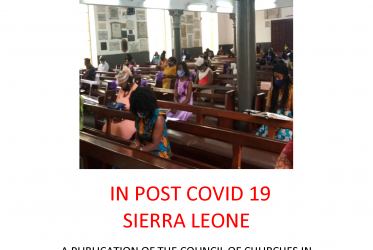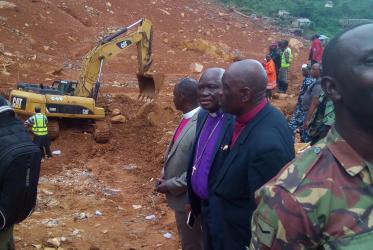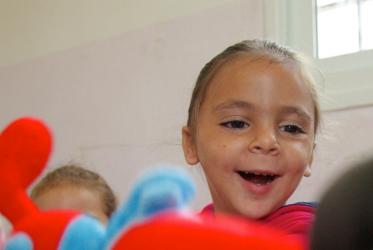Sierra Leone
The territory of Sierra Leone was an important centre of the slave trade. Freetown, the capital, was founded in 1791 by freed slaves, and became a British pro-tectorate in 1808. Britain consolidated its colonial power inland in 1896. Sierra Leone reached independence in 1961. In 1991, the Revolutionary United Front began a rebellion against the government, which degenerated into a vicious and cruel war for the control of diamonds and other natural resources. The population was terrorized, thousands were killed or maimed, and hundreds of thousands fled to neighbouring countries. A military coup in 1997 prompted the intervention of the African Union led by Nigeria, and the president was reinstated in 1998. In 1999 a peace agreement was signed, but the situation deteriorated again in 2000. British troops under UN mandate were able to stabilize the country. The civil war ended officially in 2002. Sierra Leone has agricultural and mineral resources (diamonds, gold, bauxite) but the economy is badly developed, with a large gap between a rich elite and the majority of the poor who depend on subsistence farming. The churches, although a minority, have played an important role in healing, peace, and rehabilitation. The United Methodists (the largest Protestant group) and the Anglicans are part of the WCC through the UMC (USA) and the Province of West Africa. The Council of Churches is the ecumenical body. Pentecostals make up about 10 percent of the total number of Christians. There is an Evangelical Fellowship, affiliated with the WEA.
More on Sierra Leone:
Ecumenical solidarity visit to Liberia and Sierra Leone

An international ecumenical delegation sent by the World Council of Churches (WCC) visited Liberia and Sierra Leone from 2 - 8 November 2008. The Living Letters visit to the two West African countries focused on learning how these nations cope with the memories of war.


